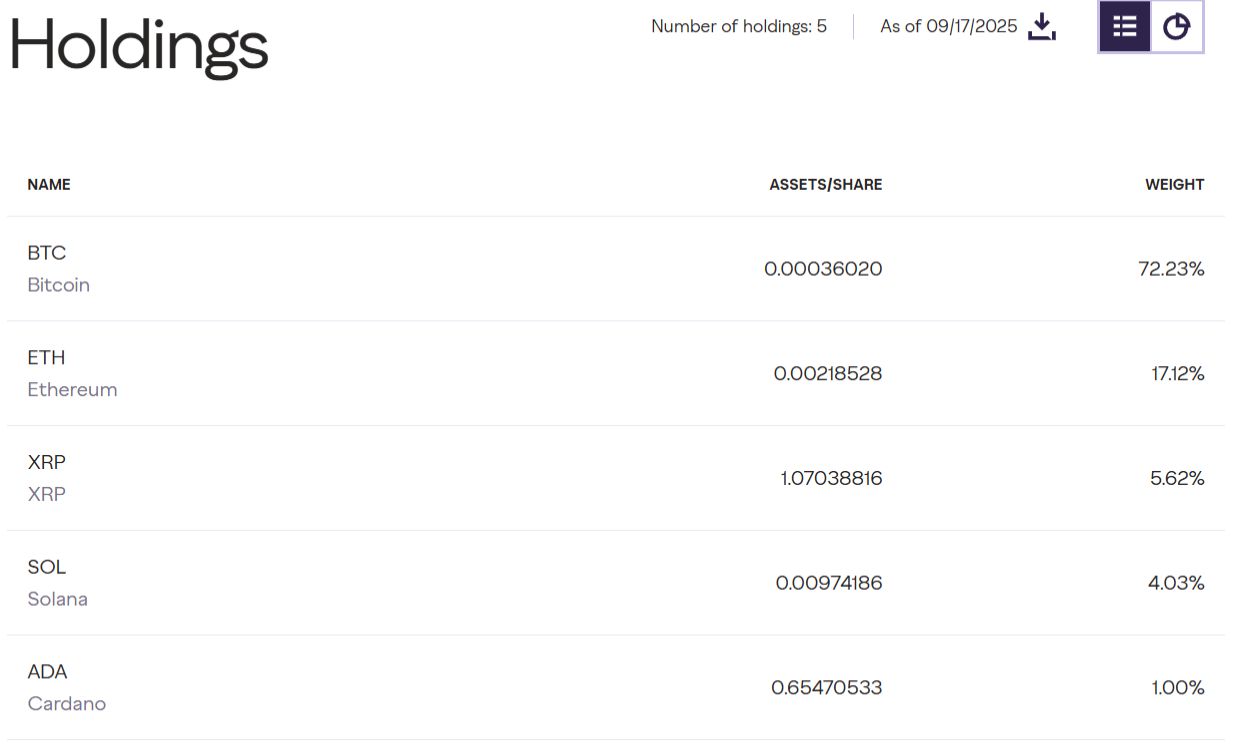China’s post-Nvidia future gets Huawei chip tech boost
Huawei publicly revealed its full chip roadmap on Thursday during its annual Connect conference in Shanghai, confirming it would begin releasing some of the world’s most powerful computing systems in a push to reduce China’s reliance on Nvidia and other foreign chipmakers, according to Reuters.
Eric Xu, Huawei’s rotating chairman, disclosed that the company had developed its own high-bandwidth memory, a technology previously led by Samsung and SK Hynix. Xu said, “We will follow a 1-year release cycle and double compute with each release,” making it clear Huawei now intends to release next-gen chips and hardware annually with increased processing capabilities.
The announcement came just days before U.S. President Donald Trump and Chinese President Xi Jinping are expected to meet on Friday, following trade talks between both countries earlier in the week. The move is widely seen as an attempt by Beijing to project confidence in its tech ecosystem as U.S.-China tensions continue to grow.
Huawei releases full schedule for Ascend, Kunpeng chips, and computing clusters
Huawei detailed the timeline for its AI chip series Ascend, starting with the 910C, which was released earlier this year. The Ascend 950 will launch in 2026 with two variants. The 960 will follow in 2027, and the 970 is scheduled for 2028. Huawei also confirmed its Kunpeng server chips will receive updates in 2026 and 2028.
China’s chip war with the U.S. escalated this week as Nvidia was accused of violating China’s anti-monopoly law, and several large Chinese tech firms were ordered to cancel Nvidia AI chip orders. Financial Times reported that government regulators had also instructed distributors to stop placing new Nvidia orders.
One executive in China’s chip distribution industry said his company was told verbally to stop buying Nvidia chips and was only allowed to sell current inventory. That executive declined to be named. China’s cyberspace authority did not respond to requests for comment.
The unveiling by Huawei was the first time since 2018 that the company had gone public with its chip development plans. Its chip ambitions went dark in 2019 after the U.S. sanctioned the company, labeling it a national security threat, an allegation Huawei denies. Since then, Huawei has quietly become a leading player in China’s domestic semiconductor push.
Huawei will also roll out new supernodes to handle large-scale AI computation. These supernodes link thousands of chips together inside large racks and clusters to power massive workloads. The company confirmed the Atlas 950 will arrive in Q4 2026 and support 8,192 Ascend chips, while the Atlas 960, scheduled for Q4 2027, will connect 15,488 chips. These follow the current Atlas 900, also called CloudMatrix 384, which runs 384 of the Ascend 910C chips.
Xu said the Atlas 950 “will far exceed its counterparts across all major metrics.” Wang Shen, who leads the data center infrastructure practice at Omdia, explained, “Huawei is leveraging its strengths in networking, along with China’s advantages in power supply, to aggressively push supernodes and offset lagging chip manufacturing.”
China reacts to U.S. chip restrictions, Nvidia still leads in performance
Even with Huawei’s latest upgrades, engineers at multiple Chinese tech companies say Nvidia’s chips still perform better. That performance gap has been a key issue in the chip fight between Washington and Beijing. The U.S. previously blocked Nvidia from selling advanced chips to China, but some restrictions have been rolled back.
The U.S. has also blocked Huawei from accessing advanced American chip production tools, which has slowed its manufacturing efforts. But some analysts say Huawei is now able to move ahead despite the trade restrictions. Tilly Zhang, an analyst at Gavekal Dragonomics, said:
Following the Nvidia chip purchase ban, China’s semiconductor firms gained 3.4%. When asked about the situation, China’s foreign ministry said the country “is willing to maintain dialogue with all parties involved to keep global supply chains stable.” No further comment has been made.
The smartest crypto minds already read our newsletter. Want in? Join them.
You May Also Like

Shocking OpenVPP Partnership Claim Draws Urgent Scrutiny

Franklin Templeton CEO Dismisses 50bps Rate Cut Ahead FOMC

